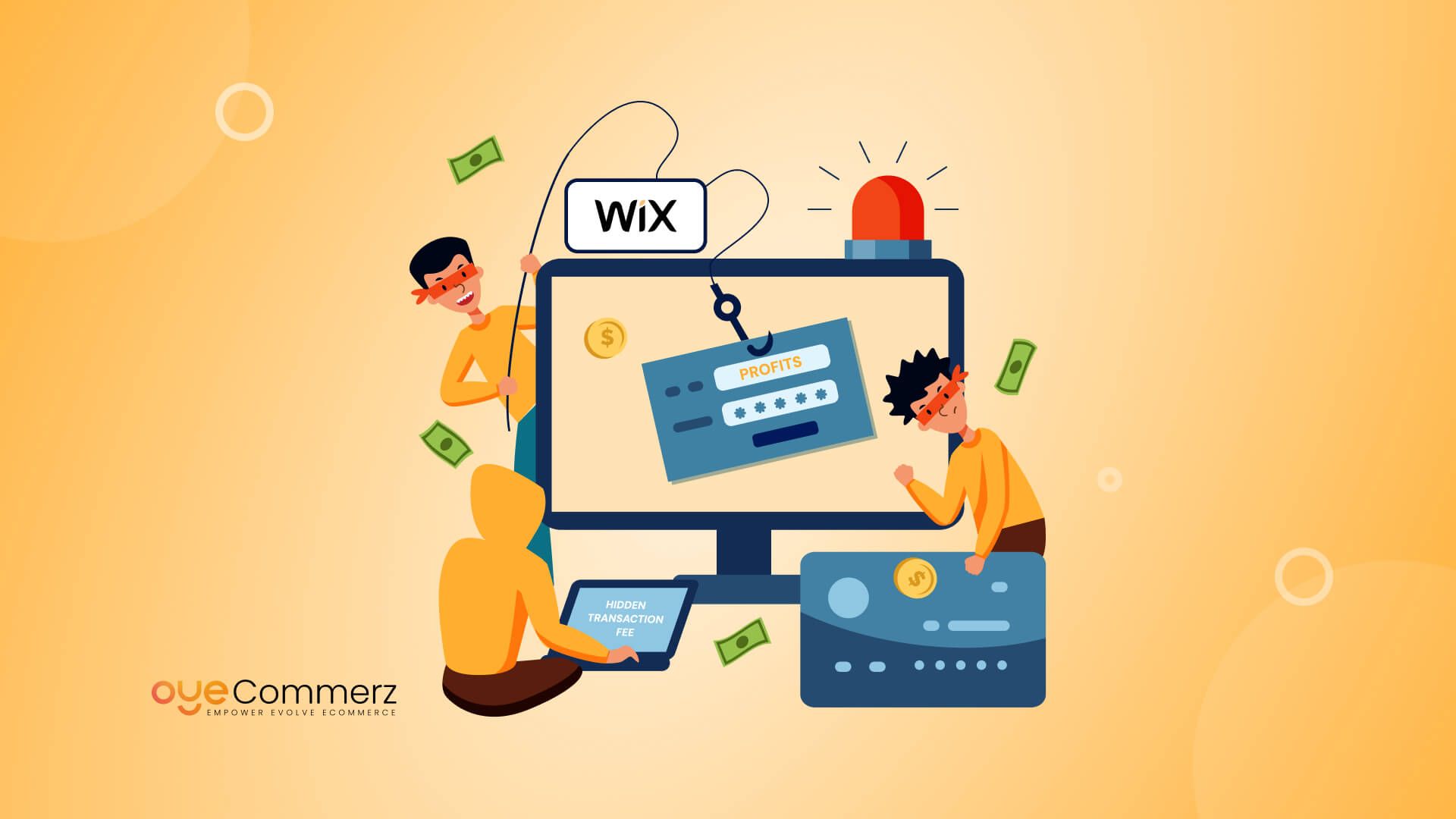In the current digital landscape, choosing the right e-commerce platform is crucial for enterprise success. If you are currently utilizing Wix but thinking about a move to Shopify, you're not alone. Numerous companies are transitioning to Shopify to take advantage of its powerful features, scalability, and dedicated e-commerce solutions. This guide will walk you through the migration process, guaranteeing a smooth move and setting you up for e-commerce achievement.
Why Switch from Wix to Shopify?
Before diving into the migration process, it's important to understand why Shopify might be a better fit for your e-commerce needs:
- Specialization: Unlike Wix, which serves various website types, Shopify is designed specifically for e-commerce, offering sophisticated features and features optimized for digital commerce.
- Growth Potential: As your company expands, Shopify can seamlessly handle higher visitor volumes and transactions volume without compromising performance.
- Wide-ranging App Library: Shopify provides a vast library of apps that can boost your store's capabilities, from marketing tools to inventory management solutions.
- SEO Capabilities: Shopify provides superior SEO tools, which can help improving your store’s presence on search engines.
- Transaction Methods: With multiple transaction platforms supported, including Shopify Payments, you can offer customers a wide range of options.
Preparing for Transition
To ensure a smooth migration from Wix to Shopify, adhere to these preparation steps:
1. Save Your Information
Export all your information from Wix, including item information, customer information, and order history. This step is vital as it guarantees you have a backup of all data before starting the transfer.
2. Choose Your Shopify Plan
Evaluate the different Shopify subscriptions offered and choose one that aligns with your company’s requirements. Take into account factors such as transaction fees, built-in tools, and growth potential.
3. Create Your Shopify Profile
Register your Shopify account and explore the platform’s interface and features.
The Migration Process
Now that you're ready, it’s time to migrate your store from Wix to Shopify. Here’s how:
1. Import Products
Use Shopify's integrated migration utility or external tools like Cart2Cart or LitExtension to transfer your items from Wix to Shopify.
Ensure that item details, pictures, costs, and variants are correctly imported.
2. Transfer Customer Data
Upload client details such as user names and email addresses into your new Shopify store. This process is critical for retaining customer relationships and marketing efforts.
3. Set Up Payment Gateways
Configure transaction methods in your Shopify store to guarantee smooth payments. You can select from various options like debit methods, copyright, and others.
4. Personalize Your Store Design
Select a theme that aligns with your business image. Customize it using Shopify's customization options to create an attractive and intuitive shopping experience.
5. Search Engine Optimization
Implement SEO best practices during the migration process:
- Set up 301 redirects from old Wix URLs to new Shopify URLs.
- Optimize product titles, details, and images with relevant search terms.
- Modify meta tags and alt texts for better search engine visibility.
After Migration Steps
Once your store is live on Shopify, consider these post-migration steps: Shopify store
1. Test Your Store
Perform comprehensive testing of your new store:
- Check product pages for accuracy.
- Test payment processes.
- Make How to select the best Shopify plan for your business sure all links work correctly.
2. Promote Your Store
Announce your new store launch through newsletters and social platforms.
Consider running special offers or discounts to attract customers.
3. Track Your Progress
Use analytics tools within Shopify to monitor revenue growth and user activity.
Adjust your strategies based on data insights.
Conclusion
Migrating from Wix to Shopify can significantly improve your e-commerce potential and set the stage for growth and achievement. By adhering to this guide and taking a systematic approach to the migration process, you can guarantee a seamless move that reduces downtime and boosts opportunities for sales. Welcome the change and watch your online store thrive on its new platform!
